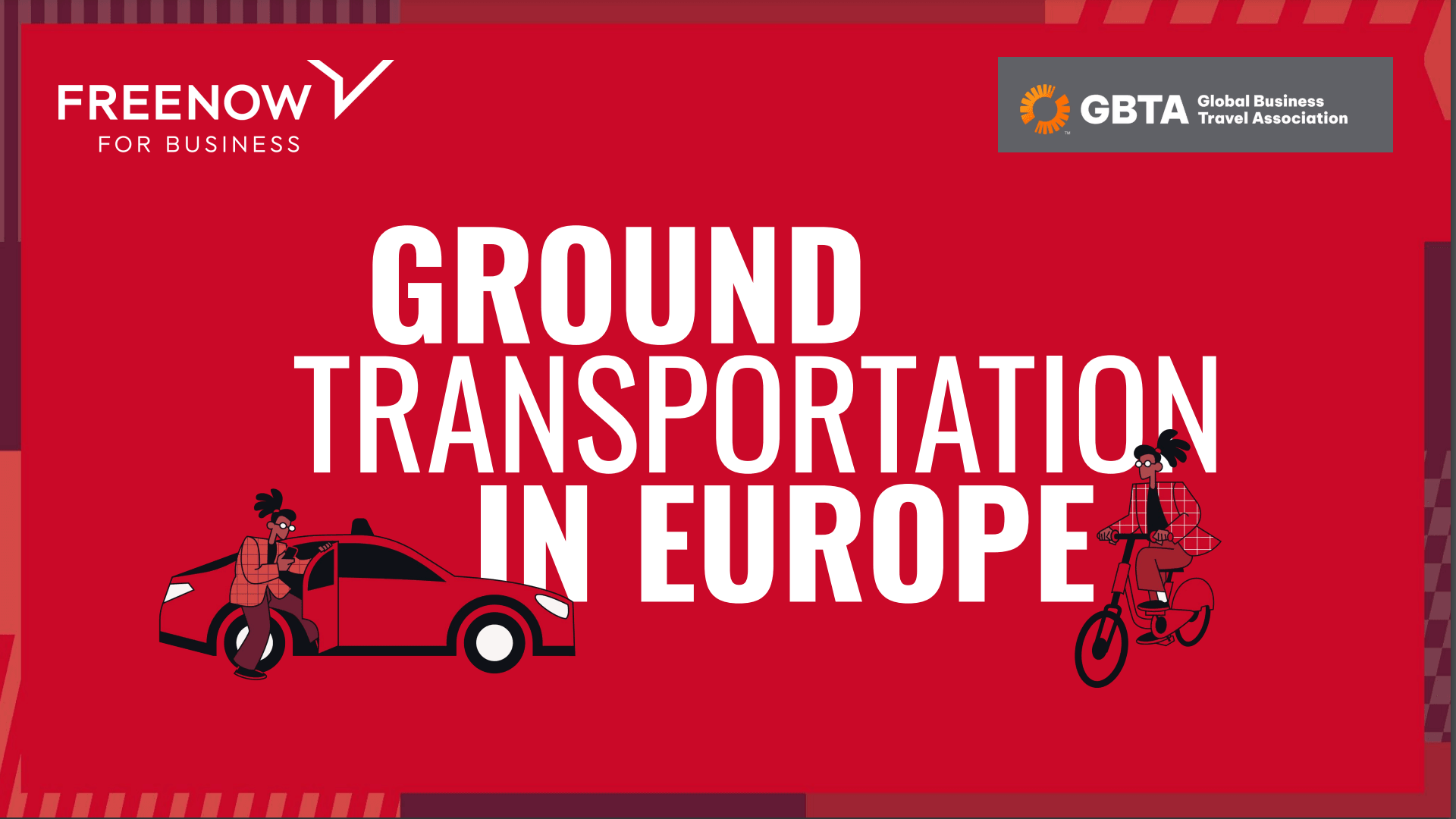When we talk about travel allowances provided for employees by their employer, there are two different kinds. Often, this relates to costs incurred by an employee when travelling for business purposes. In some countries, though—the UK being one of them—the rising costs of living in cites and commuter travel have prompted a new kind of travel allowance.
This new allowance is a benefit companies offer their employees to cover the costs of commuting to work, as this may then allow them to live further away where housing costs are cheaper. We’re going to take a look at how this new kind of travel allowance works for employees in terms of their salary and tax liabilities.
How do travel allowances work for employees?
Employers generally pay employees' expenses when their duties require them to travel away from their normal place of work. The company will most likely book and pay for major travel costs, such as flights and hotel accommodation, directly.
If an employee has to pay for things themselves, they can submit receipts and receive reimbursement. When employees travel on a regular basis, the company may allocate a fixed 'travel allowance' that is paid at the same time as their salary.
When a company offers an employee a travel allowance to help with—or cover completely—the costs of commuting to work, this is regarded as an optional perk. Commuter travel allowances will vary depending on the distance and means of transport used for the commute.
This kind of travel allowance is a benefit companies can offer as an incentive to attract or retain employees and is something that is negotiated individually.
What is a travel allowance in salary terms?
The costs of business travel, including allowances, are not generally considered part of an employee's remuneration package. If your employer offers you a travel allowance to help with the costs of your commute to your usual place of work, though, this is considered a benefit that forms part of your salary.
The exact nature of the benefit, how it is calculated and paid, along with your liability for tax purposes, can all vary greatly depending on the deal you make with your employer and your country in which you live.
How to calculate a travel allowance
Travel allowances aimed at covering the costs of commuting from your home to your normal place of work can be paid in a number of different ways. One of these is retrospective, based on actual costs incurred when travelling.
This might be done by submitting receipts or records of mileage covered for reimbursement. Or perhaps through a third party which allocates an employee a fixed sum that can be spent in their app to pay for various means of transport. When based on actual costs like this, no prior calculations are required.
On the other hand, if your employer is going to pay you a fixed amount in your monthly salary, the amount allocated will need to be calculated based on your normal commuting costs.
How to claim travel allowance
Claiming your travel allowance from your employer is something that forms part of salary negotiations. This type of negotiation usually takes place when you are first hired but can also be part of getting a promotion or prompted by you if you are considering looking for another job.
When negotiating, then, you should consider what will work best for you. Apart from a fixed sum added to your salary, other options can include:
provision of a season ticket for public transport
a mobility budget
mileage allowances for your private or company car
or even the provision of a pedal bike
Are travel allowances taxable?
Tax rules vary greatly from country to country and, sometimes, from year to year. It is an important factor to take into account when negotiating salary benefits, though.
It’s worth taking the time to investigate the tax implications of the various options before entering into negotiations. Something to bear in mind is that many governments are keen to encourage sustainable practices these days and, therefore, more likely to offer tax breaks on more green modes of transport.
What is the average travel allowance for employees?
You’ve probably realised from the number of different variables that there isn’t really an average travel allowance for employees. It will depend on how far away from work your home is, how you travel and the way in which your employer provides the allowance. What your employer is prepared to offer you will also depend on the value they place on you as an employee.
What is the maximum travel allowance amount?
Again, in simple terms, there is no maximum travel allowance amount. It’s all about what it actually costs you to get to work and how much your employer wants to keep you.
That said, if there are tax exemptions of any kind, then there will be limits in place for these. Maximum mileage allowance rates, for instance, are generally set by the tax authorities. Business travel allowances are also usually regulated, as most of them can be counted as business expenses by companies. Special schemes put in place by governments—like the UK’s Cycle-to-Work scheme—will also come with specific conditions.
So, there you have the low-down on travel allowances for employees. Perhaps you already knew that companies pay for business trips, but weren’t aware that you could negotiate a travel allowance for your commuting costs. It can make a big difference in the way you look for jobs or renegotiate your current remuneration package.
If you’re an employer, on the other hand, consider adding commuting travel allowances to your benefits package. Depending on your country’s particular tax regulations, it could prove to be a cost-effective way of attracting and retaining the talent your company needs to take it to the next level!


